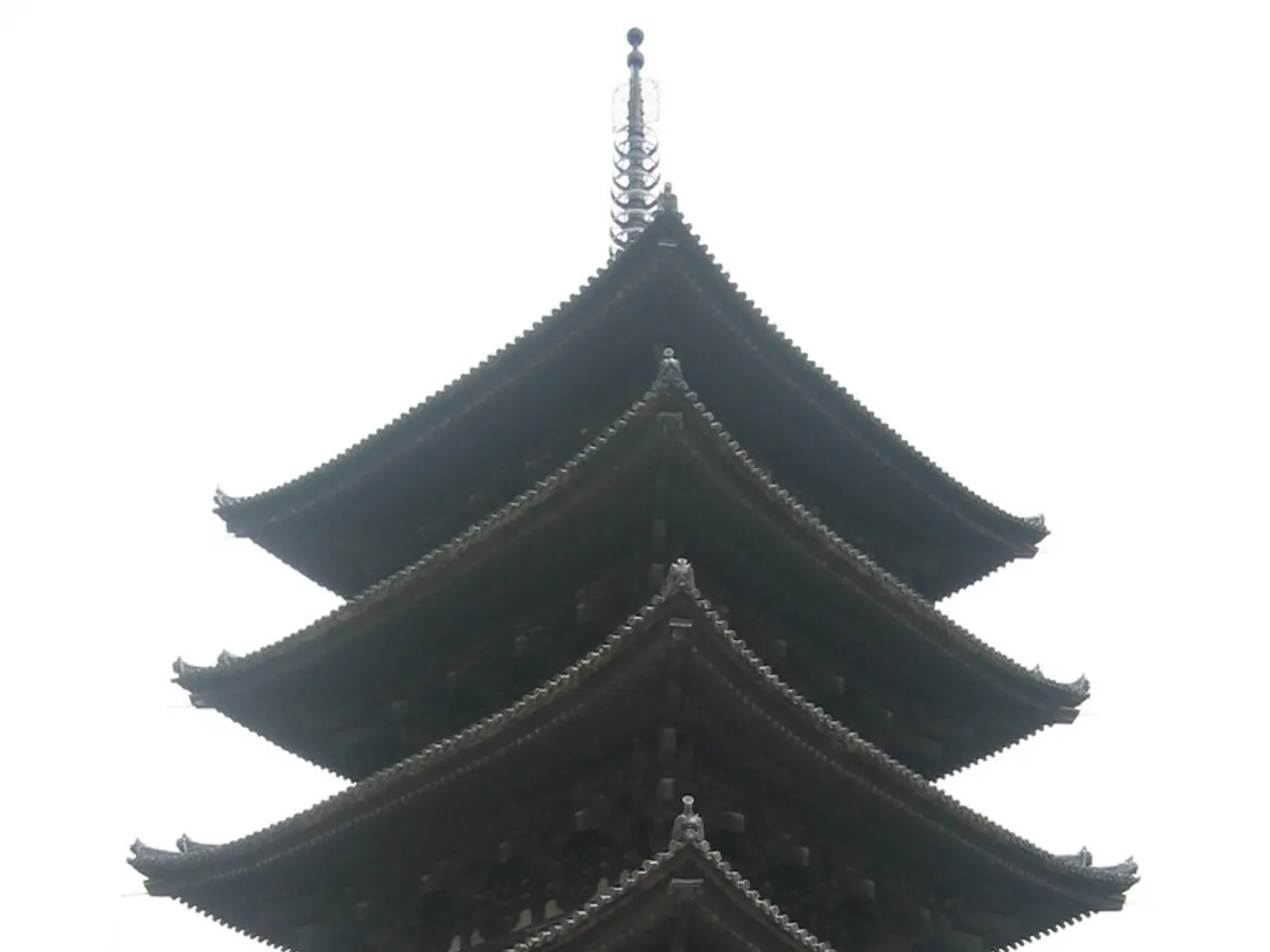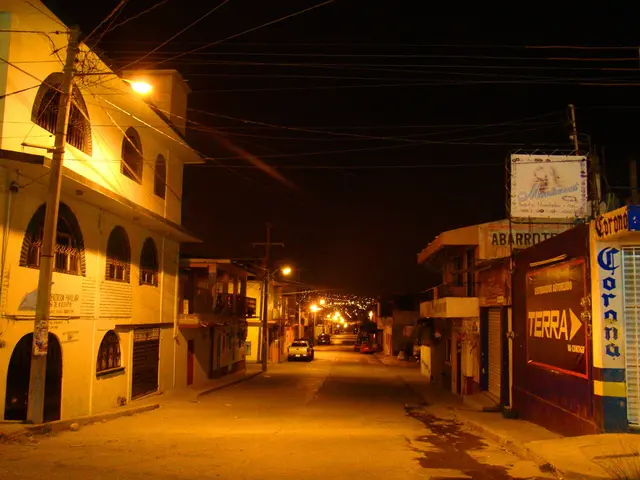Solar Industry Navigates Trade Restrictions and HJT Tech Boom
The solar industry is witnessing a mix of trends and regulations that could shape its future. While restrictions on trade with Foreign Entities of Concern (FEOC) may lead to price splits, investments in HJT technology are surging. Meanwhile, prices and inventory levels are fluctuating across Europe, the USA, and China.
In Europe, Heterojunction modules are gaining traction with prices ranging from €0.095 to €0.105 per watt, while Topcon modules remained stable at €0.092 per watt. Futures prices for solar modules are stable at $0.086 per watt for deliveries in Q4 2025 and Q1-Q2 2026, with a slight increase to $0.087 per watt starting from Q3 2026. In the USA, prices for Topcon modules above 600W increased to $0.277 per watt, with deals suggesting prices of $0.276 per watt in Q1 2026.
In China, solar module prices increased by 0.73% to CNY 0.690 per watt due to stricter regulation measures. In tenders, average bids reached CNY 0.710 per watt for 20 GW of modules by Huadian Group, and offers were above CNY 0.70 per watt for a 3 GW tender by China Resources Power. Meanwhile, US manufacturers' inventory levels are shrinking, with a major supplier having only around 100 megawatts in stock.
Domestic Heterojunction production in Europe is gaining momentum, with companies like Enel 3Sun, MCPV, Bee Solar, and Huasun Energy planning or operating factories. Solar module prices increased by 1.18% to $0.086 per watt for common Topcon modules above 600W. Market speculation suggests a binding minimum price of CNY 0.75 per watt for solar modules in China.
Notably, Grand Sunergy and other firms have not made large-scale HJT module production announcements in China recently. However, Chinese company SoleFiori is setting up a 6 GW HJT solar module facility in Saudi Arabia, indicating a significant investment in HJT technology, though not directly in China.
As the solar industry navigates these changes, the impact of FEOC restrictions on module prices remains to be seen. Meanwhile, investments in HJT technology and increased domestic production in Europe could reshape the global solar market. Keep an eye on these developments as they unfold.








